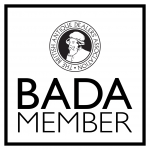-
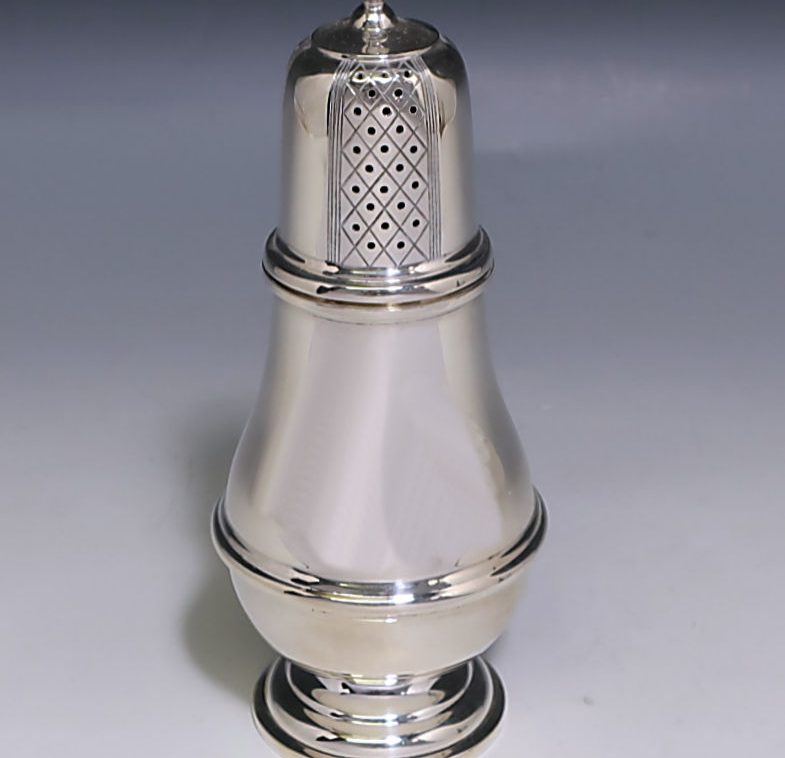
Sterling Silver Elizabeth II Sugar Caster made in 1973
£275ENQUIRE ABOUT THIS PIECEW107x7Date:1973Maker: Wakely & Wheeler£275 -
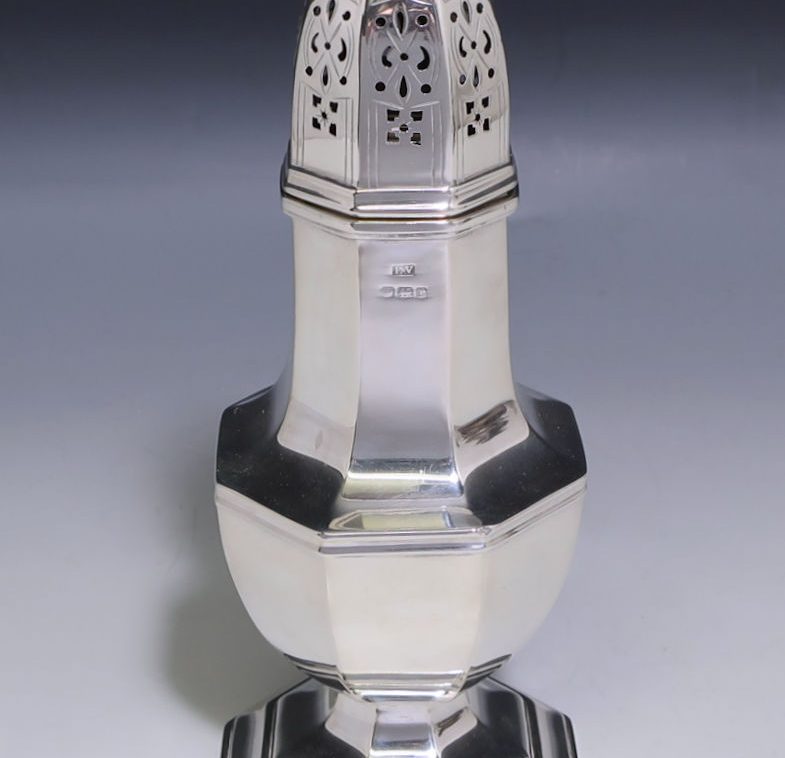
Sterling Silver George V Sugar Caster made in 1934
£385ENQUIRE ABOUT THIS PIECEW106x27Date:1934Maker: Emile Viner£385 -
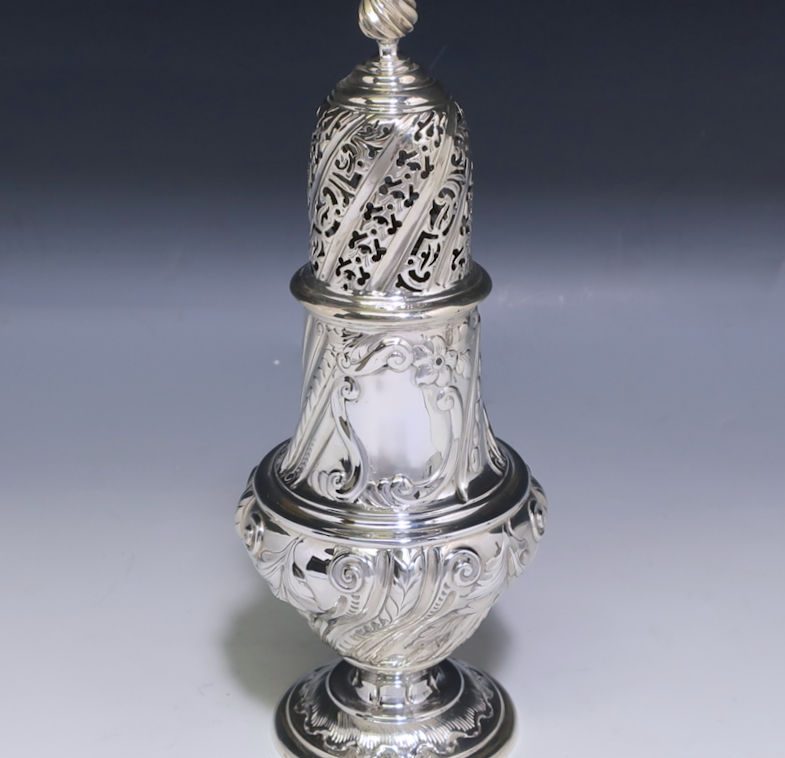
Antique Silver Victorian Sugar Caster made in 1891
£485ENQUIRE ABOUT THIS PIECEW111x5Date:1891Maker: Thomas Bradbury£485 -
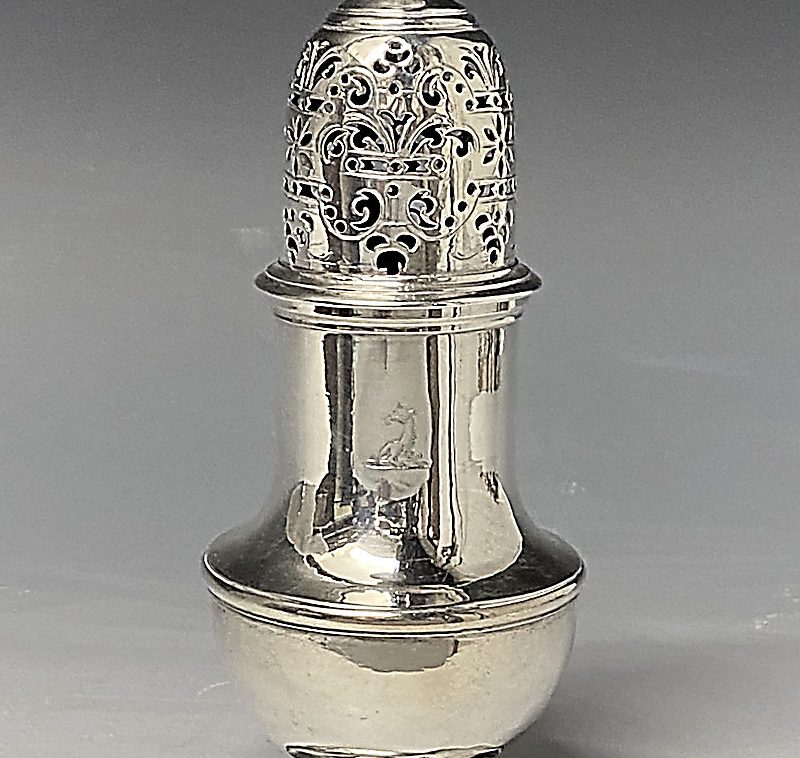
Antique Silver George II Sugar Caster made in 1740
£1,100ENQUIRE ABOUT THIS PIECEW104x43Date:1740Maker: Samuel Wood£1,100 -
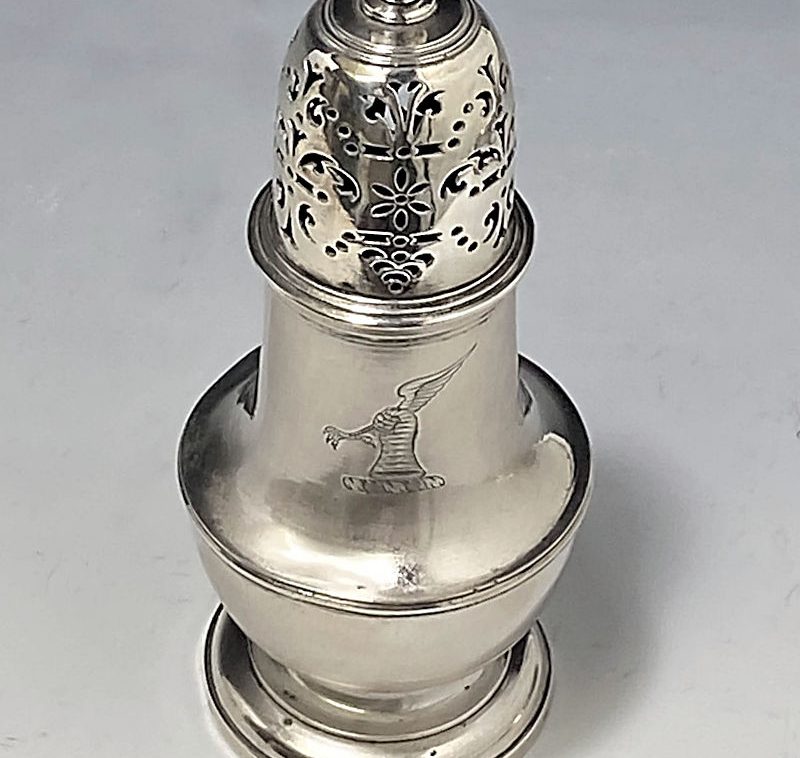
Antique Silver George II Sugar Caster made in 1733
£875ENQUIRE ABOUT THIS PIECEW107x40Date:1733Maker: Samuel Welder£875 -
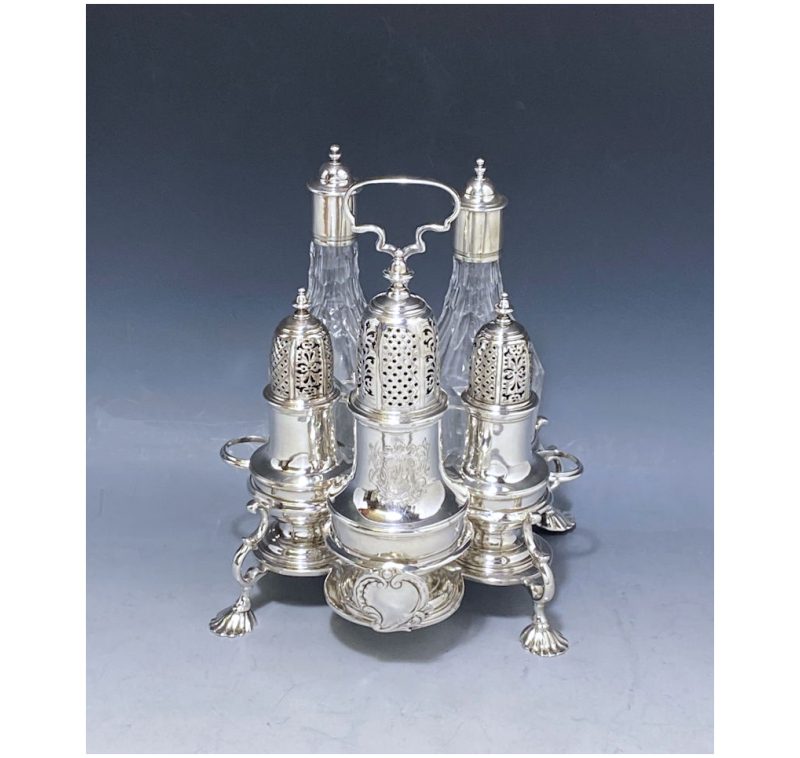
Antique Silver George II Warwick Cruet made in 1744
£4,800ENQUIRE ABOUT THIS PIECESA114x21Date:1744Maker: Samuel Wood£4,800 -
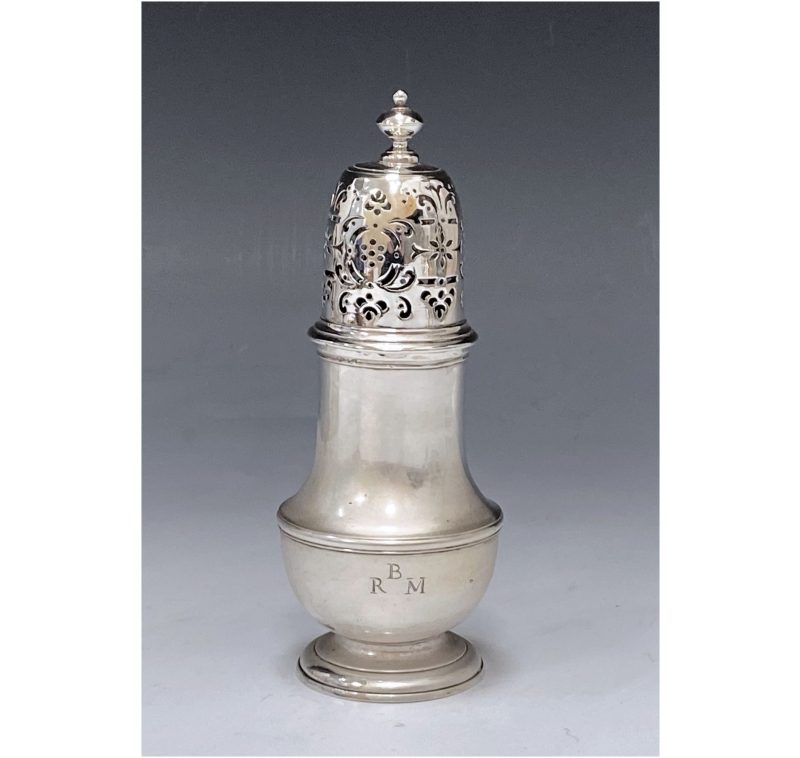
Antique Silver George I Sugar Caster made in 1726
£1,200ENQUIRE ABOUT THIS PIECEW101x24Date:1726Maker: Samuel Welder£1,200 -
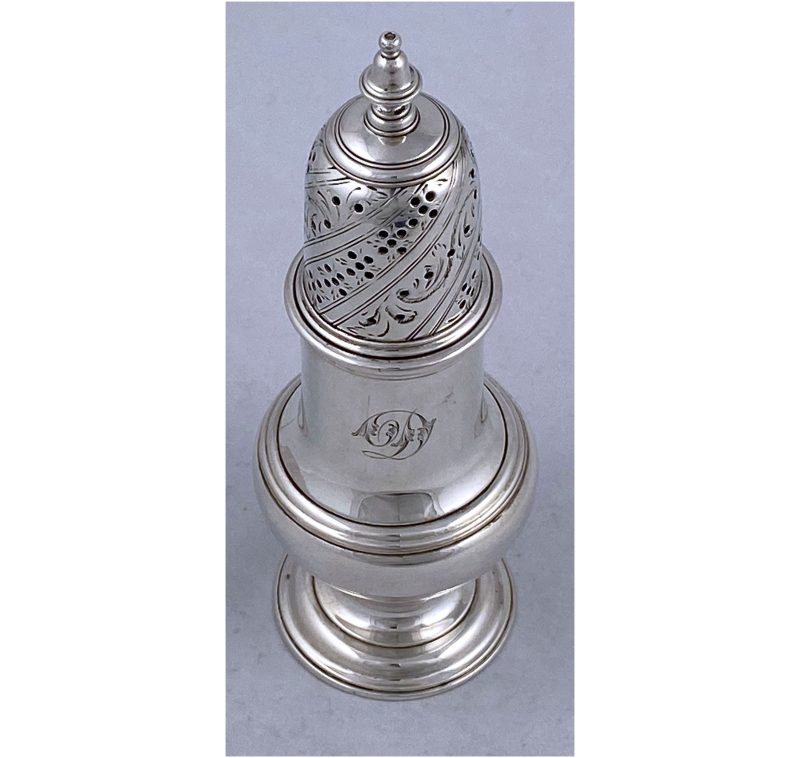
Antique Silver George II Sugar Caster made in 1754
£685ENQUIRE ABOUT THIS PIECEW109x16ADate:1754Maker: Samuel Wood£685 -
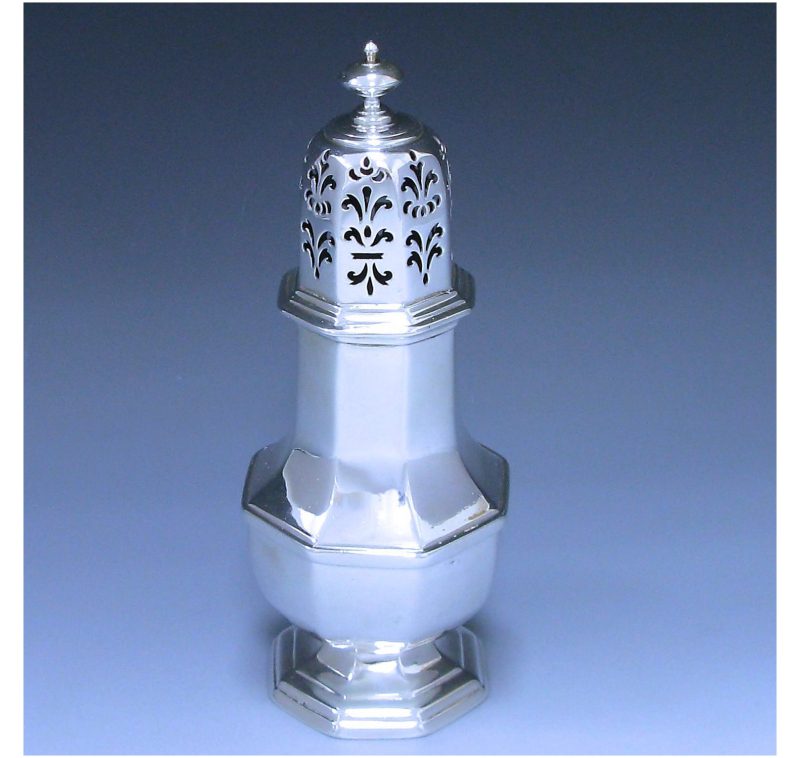
Antique Silver George I Caster made in 1724
£2,800ENQUIRE ABOUT THIS PIECESA113x16Date:1724Maker: Samuel Welder£2,800
[gtranslate]

